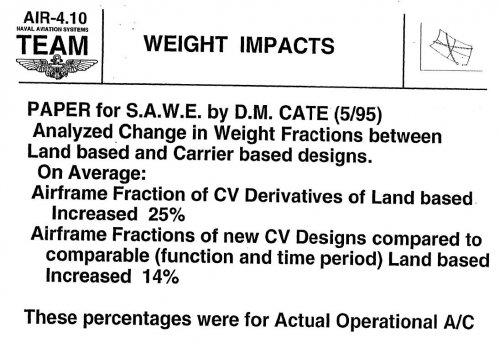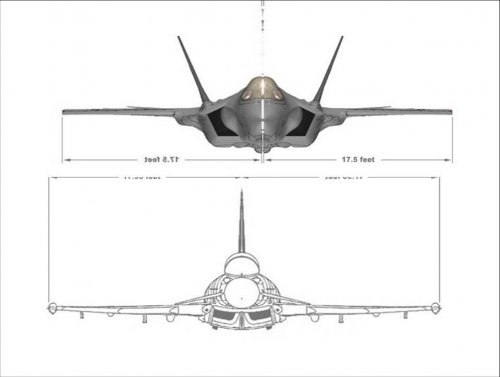TaiidanTomcat
"A wretched hive of scum and villainy."
- Joined
- 19 July 2011
- Messages
- 857
- Reaction score
- 67
I don't think its much of a stretch to say that if you took 1/3 of the program away it would go faster.  Like taking 8 miles off a marathon. Personal best!
Like taking 8 miles off a marathon. Personal best!
Heres the thing with the B. It was a requirement. Its really that simple. You know what would have made the F-22 easier? 200 pages of requirements instead of 300 pages.
The UK is one of the leading JSF partners, and they had a STVOL requirement. The Italians who also contribute a lot of money also have a STOVL requirement. You want to know how to move an apartment fast? Leave all the heavy crap at your old place. No TVs, Couches, Beds, Sofas, chairs, tables, but thats not really an option is it? How far do you get in life when you do the easy 66 percent and then quit? D student forever.
The Naval Variant may start having problems too, after they get the tailhook squared away and start crash landing it onto some decks. If it encounters problems do we cancel that too? Should the JSF consist of just the A version because that's the "easiest?"
So it really doesn't phase me when people say "You know the B really messed things up" did it? It was one third of the program, based on importance to allied fleets, it will be even more than just one third. Its not a race, its about getting it right and meeting the requirements. Moreover the redesign paid dividends in the form of a lighter aircraft overall. ITs a shame the JSF got lighter and better I know.
It is what it is. The F-35B is reality. You can argue all day as to whether it should have been included in the JSF requirement, but ONCE IT WAS, it was going to happen as obligated by requirements. Requirements are requirements, not suggestions.
Also 503SGT there have been grumblings in the Navy about canceling the C variant and letting the B variant live, I think its very near sited on the USN's part but its "Boeing's Navy" And naval aviation is culturally convinced that airplanes never flew over water until someone invented twin engines. ;D The other thing I have noticed to is that Naval Aviation is beyond reproach. You can't question it anywhere. It doesn't matter how expensive, inefficient, or risk-averse it is.
Heres the thing with the B. It was a requirement. Its really that simple. You know what would have made the F-22 easier? 200 pages of requirements instead of 300 pages.
The UK is one of the leading JSF partners, and they had a STVOL requirement. The Italians who also contribute a lot of money also have a STOVL requirement. You want to know how to move an apartment fast? Leave all the heavy crap at your old place. No TVs, Couches, Beds, Sofas, chairs, tables, but thats not really an option is it? How far do you get in life when you do the easy 66 percent and then quit? D student forever.
The Naval Variant may start having problems too, after they get the tailhook squared away and start crash landing it onto some decks. If it encounters problems do we cancel that too? Should the JSF consist of just the A version because that's the "easiest?"
So it really doesn't phase me when people say "You know the B really messed things up" did it? It was one third of the program, based on importance to allied fleets, it will be even more than just one third. Its not a race, its about getting it right and meeting the requirements. Moreover the redesign paid dividends in the form of a lighter aircraft overall. ITs a shame the JSF got lighter and better I know.
It is what it is. The F-35B is reality. You can argue all day as to whether it should have been included in the JSF requirement, but ONCE IT WAS, it was going to happen as obligated by requirements. Requirements are requirements, not suggestions.
Also 503SGT there have been grumblings in the Navy about canceling the C variant and letting the B variant live, I think its very near sited on the USN's part but its "Boeing's Navy" And naval aviation is culturally convinced that airplanes never flew over water until someone invented twin engines. ;D The other thing I have noticed to is that Naval Aviation is beyond reproach. You can't question it anywhere. It doesn't matter how expensive, inefficient, or risk-averse it is.






















